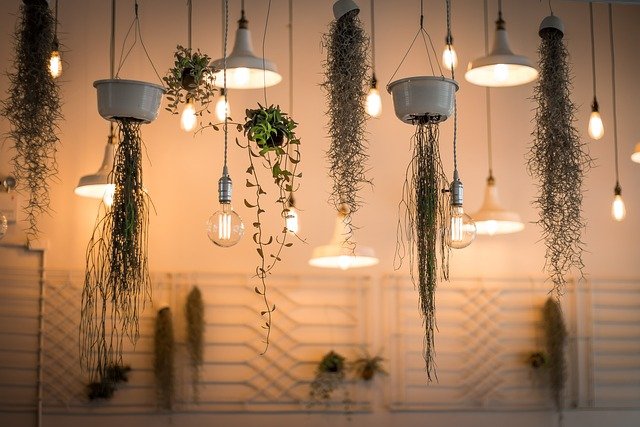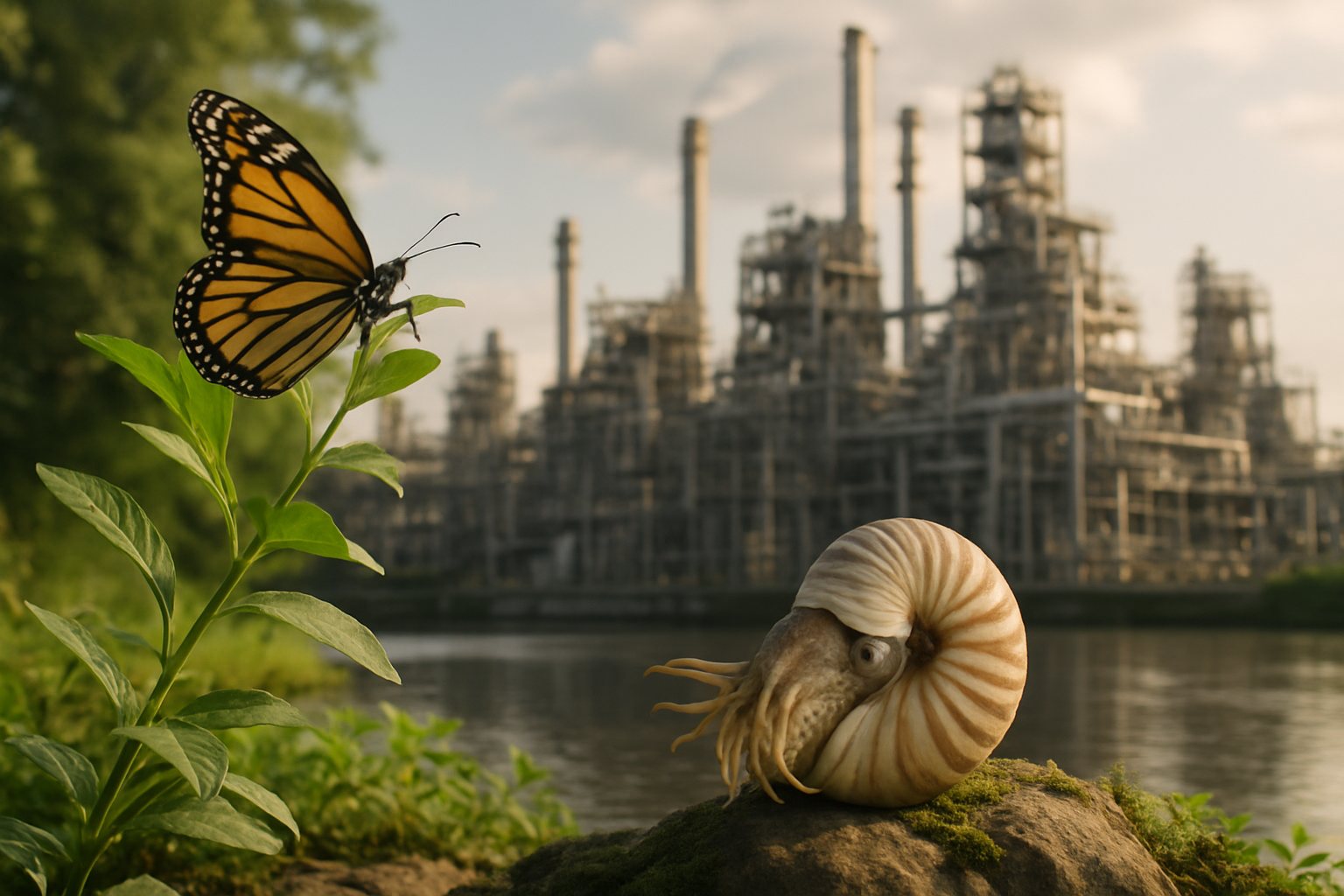Botanical Chandeliers: Elevating Spaces with Living Light Fixtures
In the realm of interior design, a captivating trend is blossoming—botanical chandeliers. These living light fixtures merge the allure of hanging gardens with the functionality of overhead lighting, creating a mesmerizing focal point that breathes life into any room. As homeowners increasingly seek to bring nature indoors, botanical chandeliers offer a fresh, innovative solution that marries biophilic design with artistic expression.

The Genesis of Green Illumination
The concept of botanical chandeliers traces its roots to the hanging gardens of antiquity, particularly the legendary Hanging Gardens of Babylon. While those ancient wonders remain shrouded in mystery, they’ve inspired generations of designers to create vertical gardens and suspended plant displays. The modern botanical chandelier emerged as a natural evolution of this concept, combining the structural elegance of traditional chandeliers with the vibrant energy of living plants.
In the early 2000s, pioneering designers began experimenting with incorporating small plants into light fixtures, initially as decorative accents. As sustainable design gained momentum and the benefits of indoor plants became more widely recognized, these early experiments blossomed into fully realized botanical lighting solutions. Today, botanical chandeliers range from DIY creations to high-end designer pieces, each offering a unique blend of form and function.
Anatomy of a Living Luminary
At its core, a botanical chandelier consists of a framework that supports both plants and light sources. The structure can be as simple as a repurposed traditional chandelier or as complex as a custom-designed armature. Key components typically include:
-
A sturdy base or central hub from which arms or cables extend
-
Plant holders or integrated planters to house the greenery
-
Lighting elements, which may be LED strips, Edison bulbs, or even candles
-
Irrigation systems for more elaborate designs
-
Decorative elements like crystals, beads, or metalwork
The choice of plants is crucial and depends on factors such as light exposure, watering needs, and overall aesthetic. Common selections include air plants (Tillandsia), ferns, succulents, and trailing vines like pothos or string of pearls. For more dramatic effects, designers might incorporate orchids, bromeliads, or even small flowering shrubs.
Illuminating Design Possibilities
The versatility of botanical chandeliers allows for a wide range of design interpretations. Minimalist approaches might feature a single statement plant suspended from a sleek metal frame, while maximalist designs could showcase a veritable jungle canopy overhead. Some popular styles include:
-
Rustic woodland: Incorporating natural wood elements and forest flora
-
Tropical paradise: Featuring exotic blooms and lush, broad-leafed plants
-
Desert oasis: Centering on succulents and cacti for a low-maintenance option
-
Formal garden: Emulating manicured topiaries and classic garden structures
-
Whimsical fairy garden: Integrating miniature plants with delicate, fairy-like lighting
Designers are also exploring the integration of smart technology into botanical chandeliers. Automated watering systems, adjustable spectrum grow lights, and app-controlled ambiance settings are pushing the boundaries of what’s possible in this growing field.
The Science of Living Lights
Beyond their aesthetic appeal, botanical chandeliers offer tangible benefits to indoor environments. Plants are natural air purifiers, removing toxins and increasing oxygen levels in enclosed spaces. The presence of greenery has been shown to reduce stress, improve mood, and enhance cognitive function. By combining these benefits with functional lighting, botanical chandeliers create a multisensory experience that can significantly impact the overall atmosphere of a room.
However, maintaining a healthy botanical chandelier requires careful consideration of several factors:
-
Light requirements: Ensuring plants receive adequate light, either from the fixture itself or ambient sources
-
Watering and nutrition: Developing a sustainable system for plant care
-
Weight distribution: Balancing the load to prevent structural issues
-
Climate control: Managing temperature and humidity for optimal plant health
-
Safety considerations: Addressing potential issues with water and electricity proximity
Crafting Your Own Aerial Garden
For the DIY enthusiast, creating a botanical chandelier can be an exciting project. Start with a simple design:
-
Choose a base: Repurpose an old chandelier or create a frame from a embroidery hoop
-
Select your plants: Begin with low-maintenance options like air plants or small succulents
-
Attach plant holders: Use small containers or create pockets from mesh or coconut fiber
-
Add lighting: Incorporate battery-operated LED lights for safety and flexibility
-
Hang and style: Suspend your creation and adjust the composition for balance and visual appeal
As you gain confidence, experiment with more complex designs, integrating automated watering systems or exploring unique plant combinations. Remember to regularly assess the health of your plants and adjust care routines as needed.
The Future of Floating Flora
As urban spaces become denser and the desire for connection with nature intensifies, botanical chandeliers are poised to play an increasingly significant role in interior design. We can expect to see advancements in hydroponic systems specifically designed for overhead installations, making maintenance easier and expanding the range of plants that can thrive in these unique environments.
Additionally, the integration of botanical chandeliers with smart home systems will likely evolve, allowing for precise control over lighting, humidity, and even plant rotation to ensure optimal growth and visual impact. As sustainability continues to drive innovation, we may also see the development of energy-neutral designs that harness the power of photosynthesis to generate electricity for the integrated lighting systems.
Botanical chandeliers represent a harmonious convergence of nature, technology, and design. By bringing the outdoors in and literally elevating our connection to the natural world, these living light fixtures offer a unique solution for those seeking to create spaces that are both beautiful and nurturing. As we continue to redefine our relationship with indoor environments, botanical chandeliers stand as a shining example of how innovative design can illuminate our lives in more ways than one.





